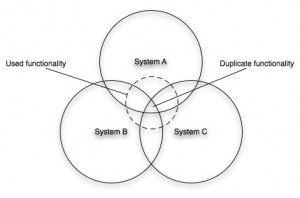Business cases are works of fiction. Try storytelling instead.
Instead of PowerPoint, use storytelling to paint a picture of what you want to achieve.
A business case is little more than an educated guess. It’s a description of a current state, what you plan to do and what results you expect. It’s a prediction of what might be and will almost certainly be wrong. Framing it in this predictive language makes it unbelievable, and doesn’t allow discourse around what is likely to go wrong. Sure, you’ll have some RAIDS, risks, assumptions, issues, and dependencies, but these are generally lists to be glossed over. The focus of the business case is how are we going to make money.
A business case is a business document that exists to persuade stakeholders to back your idea. It’s a rationale plea to ‘back me” based on backward looking facts for forward thinking fiction.
Two points.
One. Stop the pleading, quit asking for permission. You believe in what you are presenting so assume it is a done deal. Describe it as such. Assume that your case is so great that approval is a given. Tell that story.
Two. Let’s be honest. It’s little more than a work of fiction. So use that admission to your advantage.
It we treat the future-state as a fiction, yet to be written, what’s missing in the business case is a narrative. Narrative is storytelling. Tell your business case, your idea, your pitch as a story. Write it in the past tense as though the product has been delivered. Tell the history, of what happened, who was involved. The pitfalls that were encountered. The problems that were faced. Describe the project in retrospect. Imagine your future self, basking in the glory of the successful delivery of the product (with some bumps along the way – it won’t really come in on time, on budget will it?!) Your future self looks back and recounts in prose the story. Beginning, middle. End.
Go all the way back to the start; what problems did the team want to address? What was the opportunity that was seen at the time. And why was the project commissioned? It was the story that did it. The team bought into the story; the inspiring narrative that painted a picture of what the journey might be like, warts and all.
So ditch the Word document business case template, throw out the PowerPoint slides with their bullets and charts. Imagine the future and craft a story that paints the picture of what you and your team achieved. There’s your business case. That’s why we are passionate and driven to do this. Stories are hard to kill.

